- Hire Developers Hire Python DevelopersHire Python Developers

Hire Python Developers to build your reliable and secure business solutions. We have the best python programmers with 10+ yrs exp. Inquire to get 15 days of free trial.
Hire Django DevelopersHire Django Developers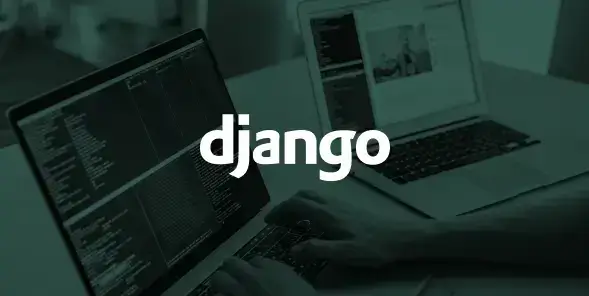
Hire Django developer to get your web development project done today. Qualified remote developers work with a friendly timezone. Get our 15 days risk-free trial.
Hire ReactJS DevelopersHire ReactJS Developers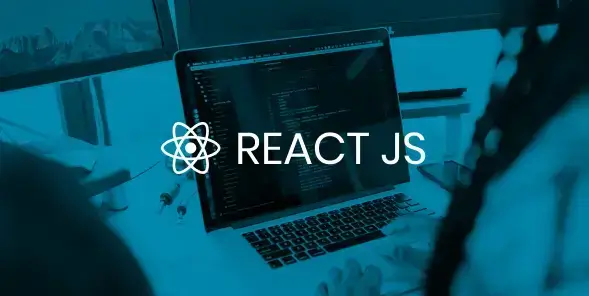
Let Citrusbug helps you to hire React developers at the best rate. Hire from the pool of pre-vetted Reactjs developers. Start your 15 days risk-free trial.
Hire React Native DevelopersHire React Native Developers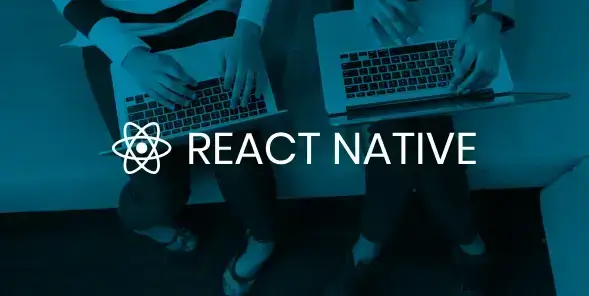
Hire remote React Native developers from Citrusbug to build top-rated mobile and web apps. Our expert developers have expertise in various projects and get a 15 days free trial.
Hire AngularJS DevelopersHire AngularJS Developers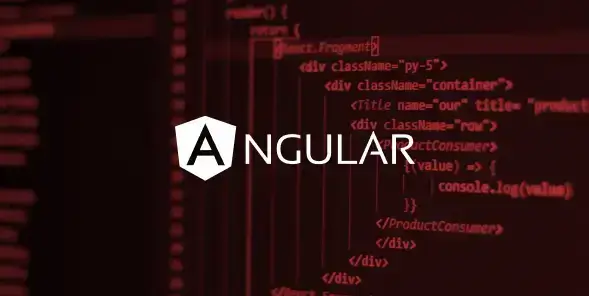
Hire Angularjs developers to build a cost effective web application. Hire dedicated Angular experts with a flexible hiring model. Contact us to get a 15 day risk-free trial.
Hire VueJS DevelopersHire VueJS Developers
Hire dedicated Vue.js developers based all over the world. Start with a 15 day risk-free trial. Trusted by 200+ Startups and Enterprises
Hire PHP DevelopersHire PHP Developers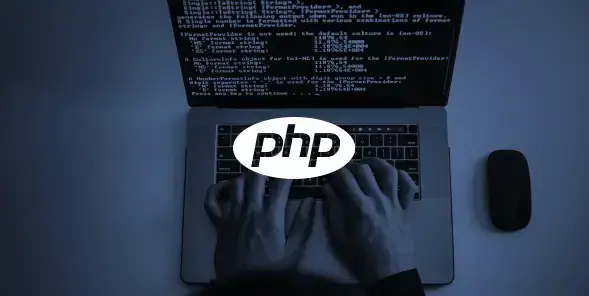
Want to Hire certified Php Developers? Get dedicated PHP developers and professionals for your critical web development project with 15 day risk-free trial.
Hire Front End DevelopersHire Front End Developers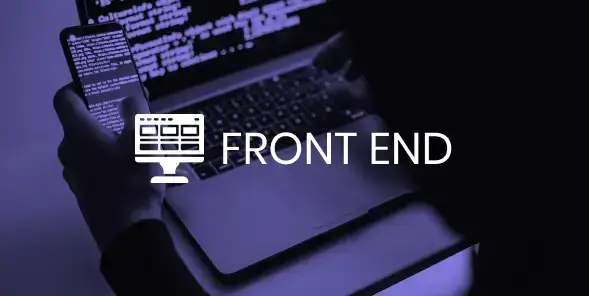
Hire best front end developers to build secure and modern web apps using Vuejs, Angularjs, Reactjs etc. Hire our experienced Front End Programmers in just 48 hours.
Hire Back End DevelopersHire Back End Developers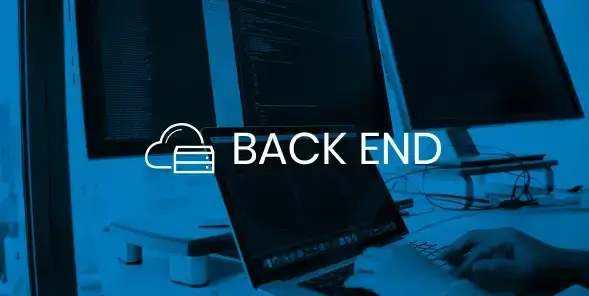
Looking for skilled backend developers? Our team of experts provides top-rated backend development services. Hire our professionals now with the exciting 15 days risk free trials.
Hire Full Stack DevelopersHire Full Stack Developers
Hire full stack developers from Citrusbug at highly affordable rates. We are a full-stack development company that offers full stack development services.
- Services SaaS DevelopmentSaaS Software Development
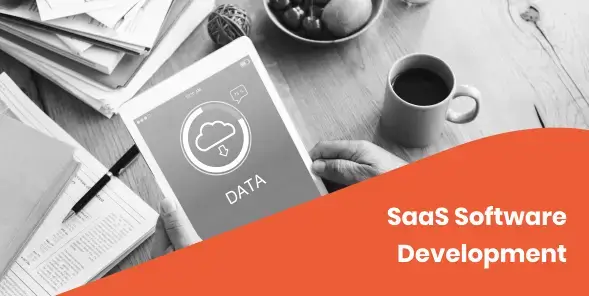
We provide 100% specialized SaaS application development services for startups to enterprises. Hire our SaaS app developers to build cutting-edge products.
Web Application DevelopmentWeb Application Development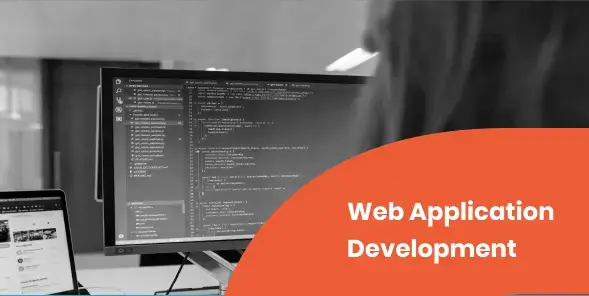
Transform your business ideas with our top-rated web application development services. Get efficient and custom solutions with the best developers. Contact us now!
Mobile Application DevelopmentMobile Application Development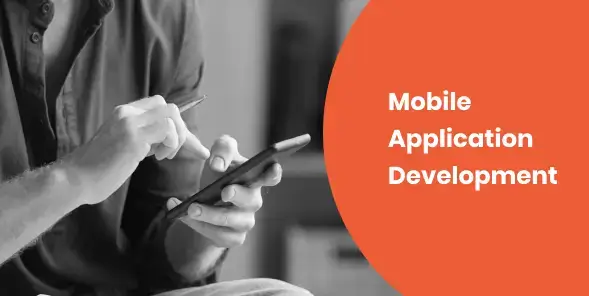
Building exceptional mobile apps for your business. Our experts deliver the top-quality development solutions tailored to your needs. Get started today!
Custom Software DevelopmentCustom Software Development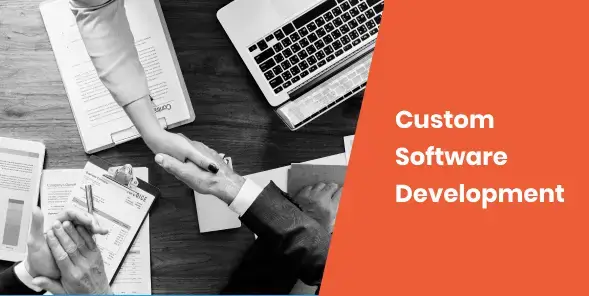
Unlock the potential of your business ideas with our software development services. Our experienced developers have the best solutions for your projects. Contact us now!
AI & ML DevelopmentAI & ML Development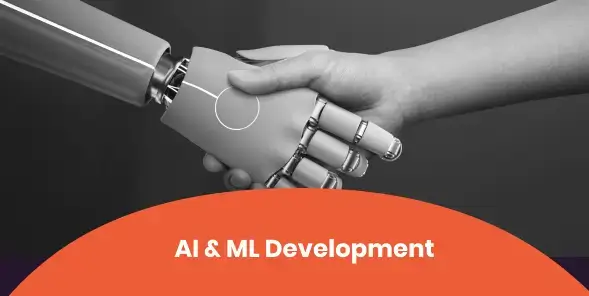
A Trusted AI/ML development company, leverages the data by custom AI/ML services that delivers transformative solutions for your business. Contact us now
Cloud DevelopmentCloud
Citrusbug delivers scalable, efficient, and cost-effective cloud application development services for businesses worldwide.
DevOps DevelopmentDevOps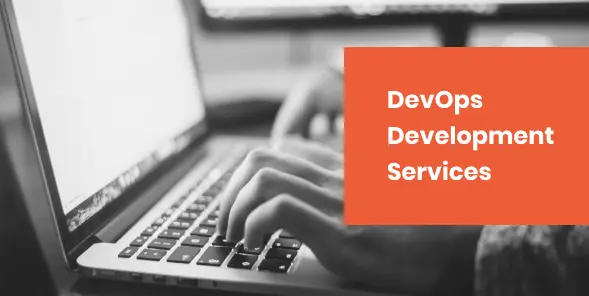
Citrusbug DevOps consulting services offers end-to-end DevOps services to increase the efficiency, streamline the workflows and reduce costs
Digital Product DevelopmentDigital Product Development
Citrusbug is a leading digital product development company. Our experienced software developers design custom digital product solutions to transform your business idea.
- Work
- Company BlogsBlogs

Our inspiring articles about interesting IT topics
CareerCareer
At Citrusbug Technolabs, the world’s most talented engineers, designers, and thought leaders are shaping the future of online publishing.
About UsAbout Us
More than just creating beautiful designs and unique platforms, we aspire to innovate technological solutions that transform industries.
- Schedule Call × Schedule Your Free Consultation
Please select a date and time from the calendar below to schedule your free call.
- Let's Talk
Fill up the form and our team will get back to you with in 24 hours.
How is the Development of SaaS Related to Cloud Computing
- February 22, 2022
-
Read time 18 min
-
2163 Views
- by Ishan Vyas

Quick Summary
SaaS application development services and cloud services are two of the most popular modern-day technologies. Often used for one another, both terms are different but have many things in common. This blog post will help you understand the relationship between SaaS applications and Cloud services.
Cloud services and SaaS app development are two terms that confuse many people. Some think they're the same and use them interchangeably, while others think they're different but don't know why. The confusion grows even more when you see terms like cloud-based application development, Saas, IaaS, PaaS, etc.
If you're someone perplexed by this lack of clarity, then let us spoil the beans for you. Cloud computing and SaaS development process are not the same things. However, they have many similarities, and their line is blurred. This blog post will help you get a clear view of this line by understanding both concepts and their customer relationship management.
Let’s get started!
Back to Basics: What is Cloud Computing?
Cloud services is exactly what it sounds like. It is the availability of computer resources on demand, such as storage, databases and analytics. Before cloud computing, users had to install system resources locally before cloud services was available. Moreover, users were responsible for maintaining the environment and installing the system.
On the other hand, Cloud computing allows users to access all these services through the provision of data centers over the Internet to them. Cloud computing does not require local installation. Instead, the cloud service provider performs the management of the servers. This approach to computing greatly improves the efficiency and ease of software applications, data storage and other system resources.
Cloud-based software allows you to access it anywhere and anytime via the Internet. All you need is an internet connection and log into the system using a web browser. You can use a phone, a computer or a desktop computer.
The demand for cloud computing is rising worldwide as the global cloud computing market is expected to grow at a compound annual growth rate (CAGR) of 16.3% over the next five years. It is expected to reach the market size of USD 947.3 trillion by 2026.
Types of Cloud Computing Deployments

Not all cloud computing is the same. Cloud services can be deployed in three ways: public, private, or hybrid. Let's see each one in a bit more detail.
Public Cloud: Owned and managed by third-party cloud providers, these providers deliver computing resources over the Internet, such as storage and servers, to their customers. A prime example of a publicly available cloud is Microsoft Azure. A public cloud means that all hardware, software, and supporting infrastructure is owned and managed entirely by the cloud provider. Users can access and manage these services via a web browser.
Private Cloud: These are cloud computing resources only used by one business or organization. Private clouds can be located at the company's data center. Many companies even pay third-party service providers to host the private cloud. In simple words, private clouds are those in which services and infrastructure are hosted on a private network.
Hybrid Cloud: This type of cloud combines private and public clouds, allowing data and applications to be moved between public and private clouds. They are linked by technology that facilitates data to be shared and applications to be exchanged between them. Hybrid clouds pave the way for more flexibility and deployment options for your saas business model.
Cloud Computing Stack: IaaS, PaaS & SaaS
|
IaaS (infrastructure as a service) |
PaaS (platform as a service) |
SaaS (software as a service) |
|
It is a cloud service in which a vendor gives users access to computing resources like storage, networking, servers, and other computing resources. |
PaaS allows users to develop, manage and deliver their applications in a cloud environment. |
Software as a Service is a way to deliver software applications via the Internet on-demand and often on a subscription basis. |
|
Instead of buying hardware upfront, users can pay for IaaS as they need it. The processing and storage requirements of the infrastructure can be adapted to make it scalable. |
Users can use prebuilt tools to create, customize, test, and store their applications. This allows organizations to concentrate on their development and not worry about the infrastructure. |
SaaS vendors offer software and apps to users using a subscription-based model. SaaS providers take care of the software installation and maintenance for users. |
|
They’re primarily used by and intended for network architects. The infrastructure allows cloud based application development. |
If you’re a developer or a SaaS application development company, you can use PaaS applications to build software and applications on the cloud. |
A typical SaaS application is developed by a SaaS software development company and used by end-users through the cloud. |
|
Popular examples of IaaS are DigitalOcean, Amazon Web Services (AWS), Cisco Metapod, Microsoft Azure, Google Compute Engine (GCE), etc. |
AWS Elastic Beanstalk, Heroku, Force.com, Google App Engine, Apache Stratos, OpenShift, etc., are the most widely used PaaS platforms. |
Some of the most popular SaaS applications are Google Workspace, Netflix, Spotify, Dropbox, Quickbooks, Salesforce, Zoom, etc. |
Here’s a great post to take your search for a SaaS application development company in the right direction
SaaS & Cloud Computing: Here’s How they Relate
So, are cloud computing and SaaS the same? As we can understand from the above discussion, the answer to this question is a ‘No.’ SaaS is a subset or sub-service of cloud computing as cloud based application development makes it possible to run many SaaS applications.
Thus, not all cloud applications can be considered in SaaS market, but a vast majority of SaaS apps can be termed as 'cloud applications.' Cloud computing provides the necessary computing power and infrastructure to run SaaS applications.
SaaS in cloud computing works on the principle of subscription as users need to subscribe to SaaS software available on the cloud. This eliminates the need to buy and install the application on their computer or device. They can access the SaaS apps via the Internet using their login credentials. restricts access to those who have purchased a valid subscription.
What did We Learn?
Many people use cloud computing and SaaS interchangeably, but there's no reason to do so. Cloud computing is an umbrella term that encompasses IaaS, PaaS and SaaS. When you're using a SaaS application, you're essentially using it because the power of cloud computing backs it.
To understand the relationship between both in a simple way, we can use an analogy in which cloud computing represents electricity that powers the SaaS industry.
Take Your SaaS Game to the Next Level with CitrusBug
CitrusBug is a leading SaaS development company backed by years of experience and expertise. We pride ourselves on our capabilities to develop customized SaaS applications that help you overcome your business challenges. We’d suggest you start with a 15-day Risk-Free Trial to experience what our world-class SaaS developers can do.
FAQ
Be it business or personal usage, the use of SaaS applications is increasing rapidly. This has been down to many of its advantages. Here are some of them:
- Better business performance.
- Low business investment.
- Pay as you go business model.
- Secure data storage on cloud
- Easy scalability
- Affordable than traditional software usage
Individual users and organizations are shifting away from traditional software usage and preferring SaaS applications to perform many functions. To give you a few examples, individual users no longer download movies as they prefer subscribing to services such as Netflix. In business, QuickBooks has replaced traditional accounting software. It's no surprise that the SaaS market is expected to reach $436.9 billion in 2025 at a CAGR of 12.5%.
Both terms are different as SaaS is a subset of Cloud Computing. Cloud computing empowers users by allowing them to perform computing on the cloud. SaaS is a type of service along with IaaS (infrastructure as a service) and PaaS (platform as a service) enabled by cloud computing.
SaaS is a subset of cloud computing, thus all cloud computing applications cannot be considered SaaS applications but the majority of SaaS applications can be termed as cloud computing applications.
SaaS cannot be on-premise as SaaS applications are hosted and maintained by a third-party provider, while on-premise solutions are hosted in-house. In other words, both are opposites of each other.
Looking to hire the AI & ML developers

Hire AI & ML Developers as per your need :
Schedule A Developer Interview And Get 15 Days Risk-Free Trial
Feel free to ask, discuss, interview, and evaluate our top-notch engineers. Verify their competencies yourself.
Categories
Technologies
Related Blogs
March 28, 2024
The Rise of AI-powered Low-Code No-Code PlatformsNovember 01, 2023
The Future of AI and ML Development - Trends and Predictions


